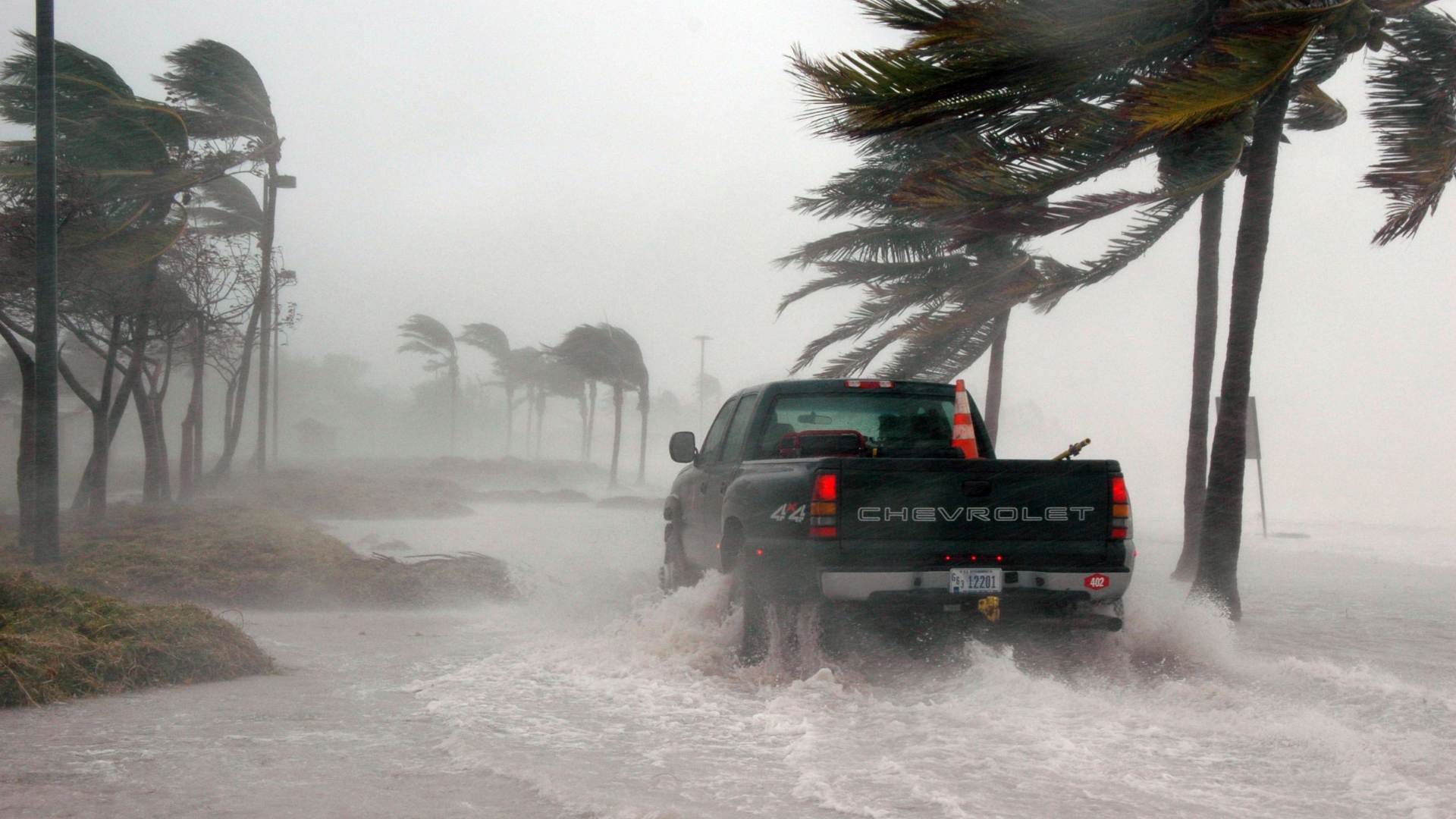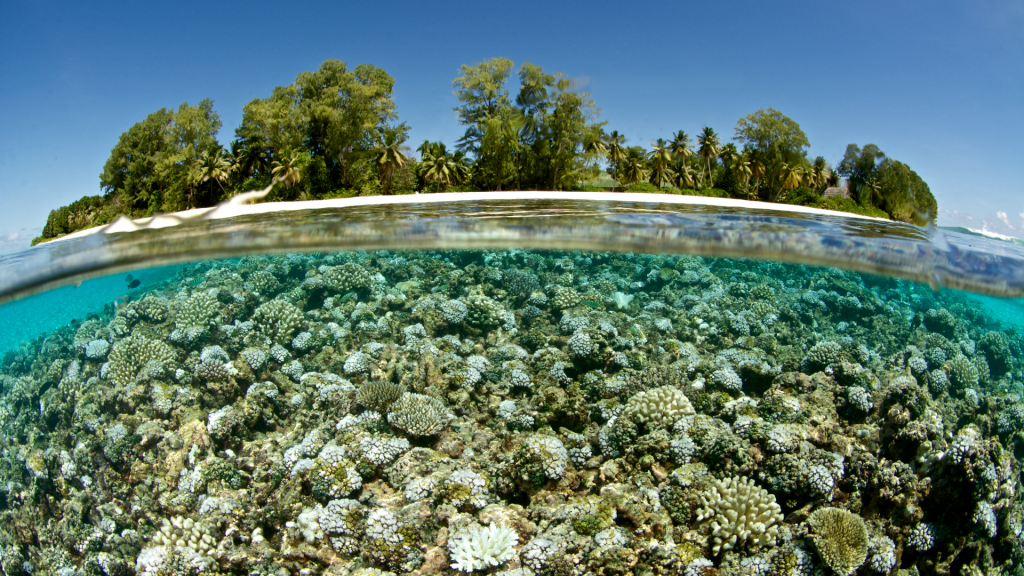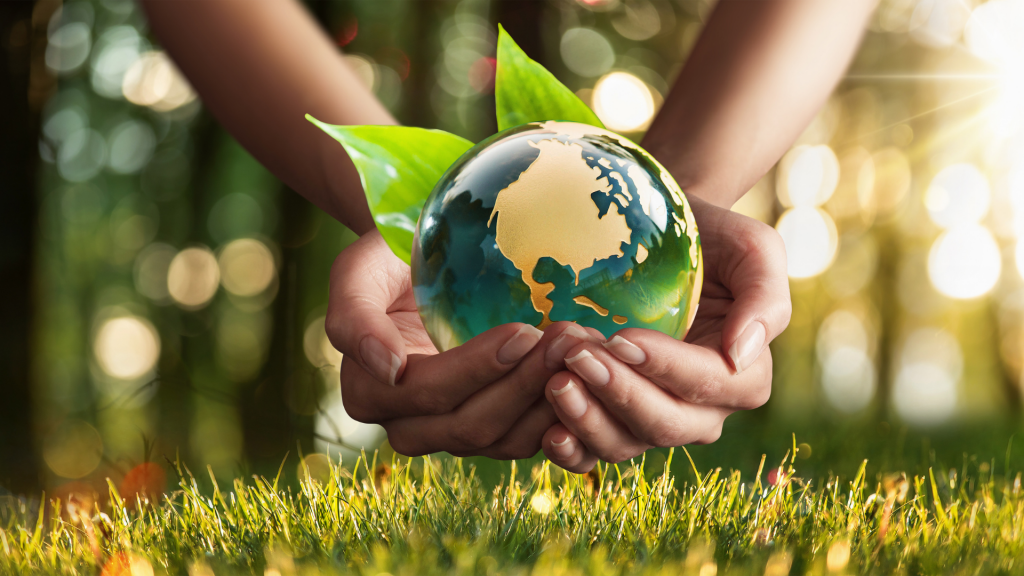There are a lot of misconceptions about hurricanes when it comes to their speed, strength, size, and danger. As you might assume, Hurricanes are giant storms with hurricane-force winds that form over tropical oceans. They don’t form over land, and the average hurricane doesn’t last longer than two weeks. Hurricanes are typically named after the places they form, while they may also be referred to as tropical cyclones, typhoons, and tropical depressions.
Hurricanes are hugely destructive storms. They are quite likely the most destructive weather phenomena in the world. You might expect hurricanes to be really powerful and scary storms with a name like a hurricane. However, that is not entirely true. Hurricanes are actually quite fascinating weather events.
The science behind hurricanes is actually quite interesting, and the most recent hurricane research is finding new ways to study hurricane formation and the evolving science behind forecasting their path. With the rising number of hurricanes in the Atlantic Ocean and the growing threat these storms pose to human lives and infrastructure, understanding hurricane formation is critical to preventing unnecessary loss of life and property.
The science behind hurricanes and other natural disasters is constantly evolving, mainly due to advancements in our understanding of the science behind hurricanes and other natural disasters. This, in turn, has led to new research into the causes of hurricanes.
What is a hurricane?
Hurricanes are massive, extended tropical weather systems that almost always form in the Atlantic Ocean and can form in other, smaller oceans. They are one of the most extreme forms of weather phenomena, and their effects can be felt for hundreds of miles in any direction when they make landfall.
In the simplest form, Hurricanes are a series of rotating winds and a low-pressure area that tend to form in the mid-latitudes of the tropical Atlantic and Pacific oceans. When the winds rotate in one direction, and the wind pressure is low, we get a “cyclone,” a category of the storm that is the most dangerous of all storms (the second most dangerous is a category 3 hurricane, which hits a lot less often).
Hurricanes are extremely violent storms that occur in the tropical region of the Earth. As the name suggests, storms are attributed to warm waters, which rotate with the Coriolis effect. Hurricanes are known to form when strong winds lift warm water, which can then refract (which is why they are referred to as ‘hurricanes’). The inner core of the storm is where the water is most heated, which is what makes it so dangerous. Hurricanes are also known to form due to high amounts of moisture in the atmosphere, caused by seawater evaporation.
Hurricanes are the most powerful storms in our atmosphere. But what exactly causes these powerful storms? How do they grow? How do they strengthen? Are they predictable? This year, scientists made a discovery that may reveal some of the answers.
The science of hurricanes is a study within a study, with researchers studying the effects of hurricanes on the atmosphere and the effects of the atmosphere on hurricanes and the dynamics of the storm itself. While science has advanced our understanding of hurricanes, it is still a long way from understanding their power and causes.
Hurricanes are massive storms that occur in tropical climates around the world. The storms form over warm ocean waters and are powered by the same forces that drive tropical cyclones in the northern hemisphere. But what exactly causes hurricanes?
Hurricanes are a weather phenomenon that has fascinated humans ever since we figured out how to travel in boats. These storms are unique, destructive, and difficult to predict. Their complexity makes them hard to understand, but understanding their origins and future may hold is the least we can do.
Hurricanes are fuelled by warm ocean water temperatures and sustained by warm air flowing in from the surrounding warmer ocean. Also, winds that blow into the hurricane help drive warm air up and into the hurricane.
Hurricanes are intense and destructive weather events, and we still don’t have a clear idea why they happen. Hurricanes are driven by energy released by the ocean, and that energy results from the transfer of heat from the ocean’s depths to the water above. That process is called ocean mixing, and it releases heat from the deep ocean, which in turn creates wind. The higher the heat released, the stronger the storms.



